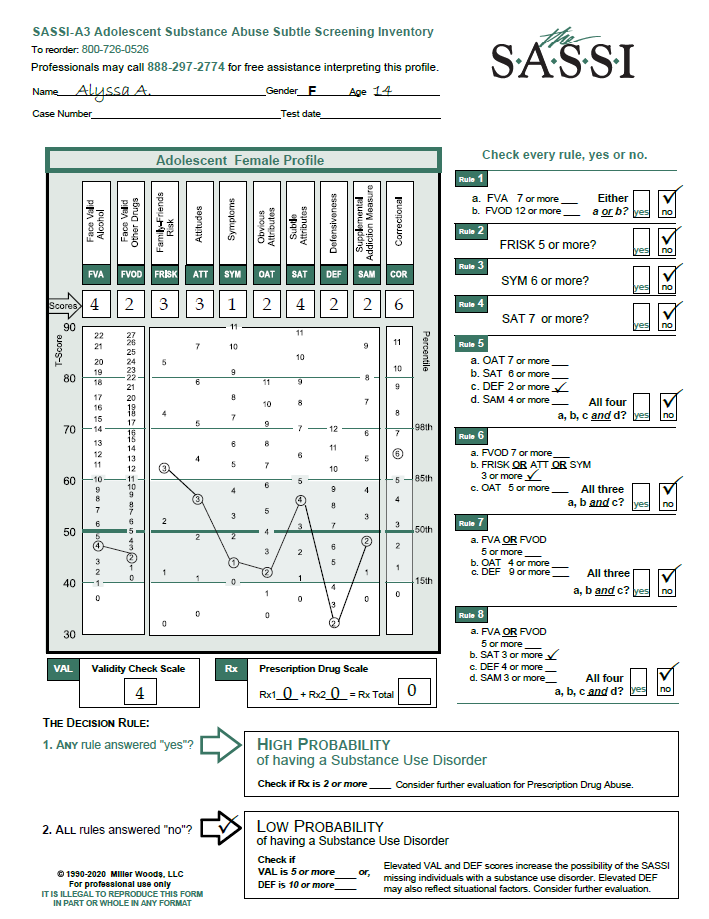As telehealth continues to reshape the healthcare landscape, behavioral health professionals are finding new opportunities to reach clients in innovative ways. One powerful example is the integration of the Substance Abuse Subtle Screening Inventory (SASSI) into telehealth practices. This trusted tool for identifying individuals who may have a substance use disorder is now more accessible than ever—thanks to digital delivery.
Breaking Barriers with Telehealth and SASSI
The SASSI was designed to help clinicians detect substance use issues, even in individuals who may not acknowledge their struggles. In a telehealth setting, this becomes especially valuable. Clients can complete the inventory from the privacy of their own homes, which may reduce defensiveness and increase the accuracy of results.
But the benefits go well beyond convenience.
Key Benefits of Using SASSI Online in Telehealth
1. Increased Accessibility
Telehealth removes geographic and logistical barriers, giving clients in rural or underserved communities access to screening tools they might otherwise miss. With SASSI Online, clinicians can send a secure link, and clients can complete the assessment from anywhere with internet access.
2. Client Comfort and Honesty
The privacy of a remote setting often helps clients feel more relaxed—especially when discussing difficult topics like substance use. This comfort can lead to more genuine responses, enhancing the SASSI’s effectiveness.
3. Immediate Results for Informed Care
SASSI Online provides instant scoring and interpretation, allowing clinicians to discuss results in real time during a telehealth session. This supports faster clinical decisions and more seamless integration into treatment planning.
4. Streamlined Practice Management
Digitally administering the SASSI reduces paperwork and helps clinicians maintain more organized and efficient records. Results can be securely stored or integrated into electronic health records, improving documentation and continuity of care.
Practical Applications Across Fields
The flexibility of SASSI Online makes it a great fit for a wide range of telehealth services, including:
- Mental Health Therapy: Screening for co-occurring substance use issues during virtual sessions.
- Primary Care and Chronic Pain Management: Identifying patterns of misuse that may complicate treatment.
- School Counseling: Using the Adolescent SASSI (SASSI-A3) in remote appointments to catch early signs of substance use in teens.
- Employee Assistance Programs (EAPs): Conducting screenings during remote wellness check-ins.
Tips for Telehealth Providers
To make the most of the SASSI in a remote care setting:
- Walk clients through the process clearly—what to expect, how long it will take, and what the results mean.
- Integrate the SASSI results into a broader conversation about mental health, support systems, and next steps.
- Follow up with resources, referrals, or treatment recommendations tailored to the client’s needs.
Looking Ahead
Telehealth is here to stay—and tools like the SASSI are evolving alongside it. By combining clinical insight with the power of technology, providers can offer thoughtful, early intervention for substance use—without waiting for an in-person visit.
Whether you’re a therapist, nurse practitioner, school counselor, or case manager, SASSI Online makes it easier than ever to offer this critical screening tool in the digital age.
Interested in learning more about integrating the SASSI into your telehealth practice?
Visit www.sassi.com or contact our team for a demo of SASSI Online.

